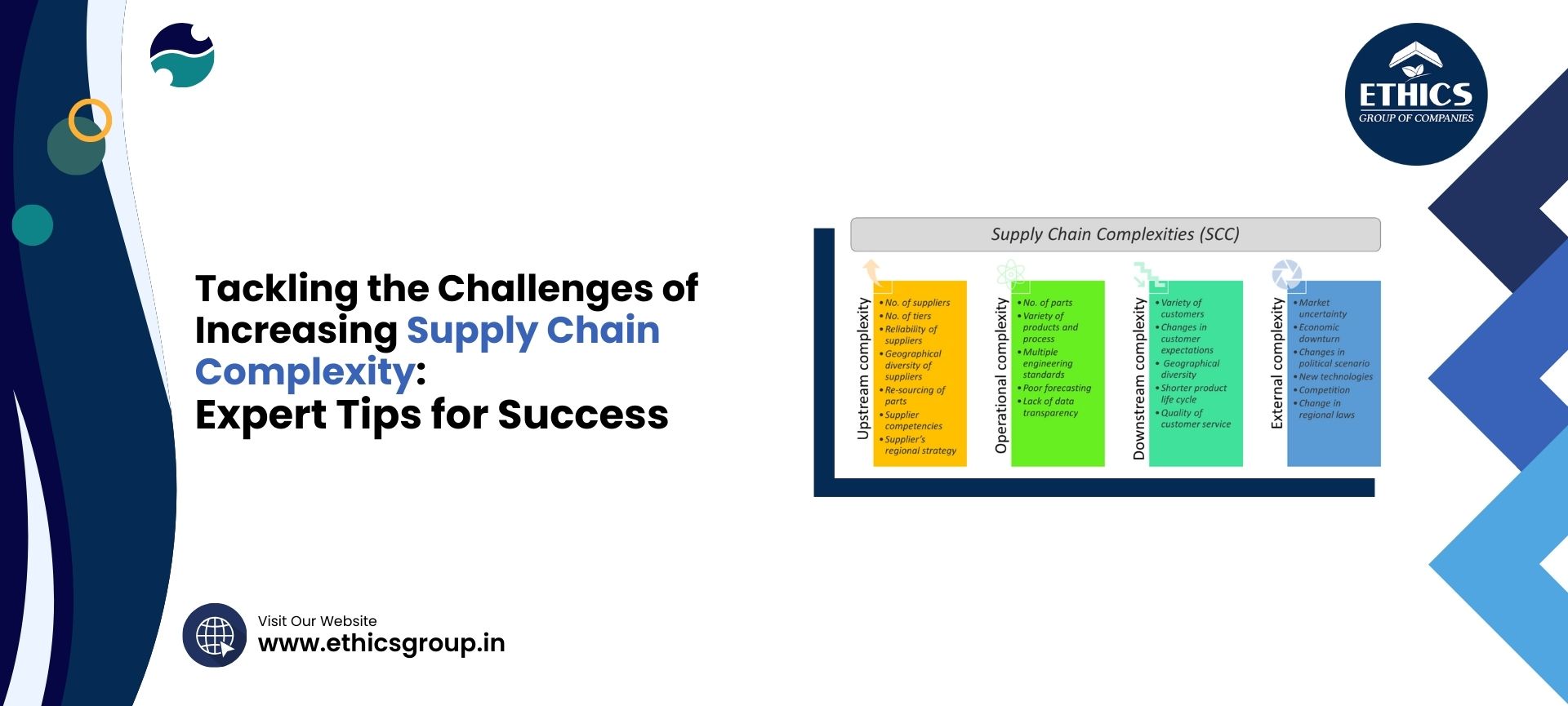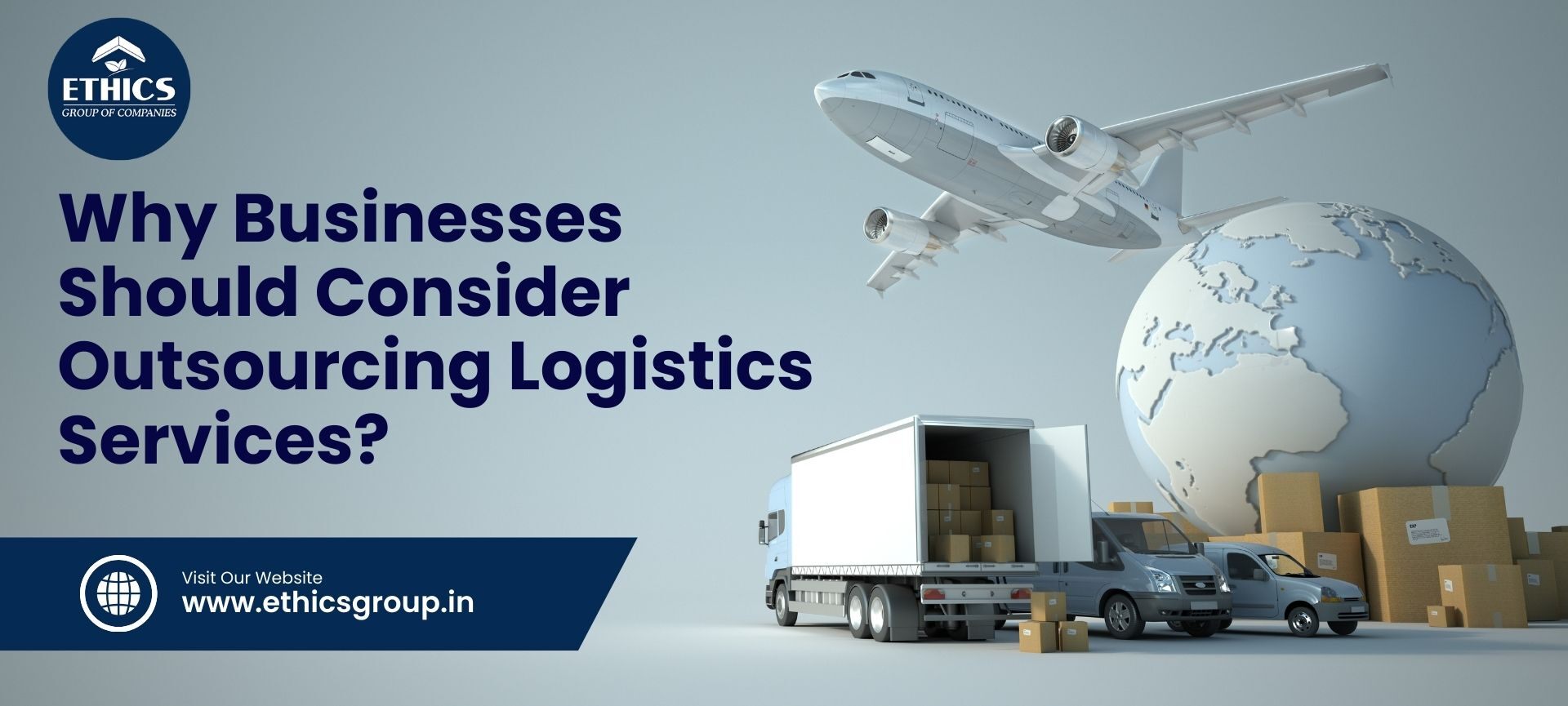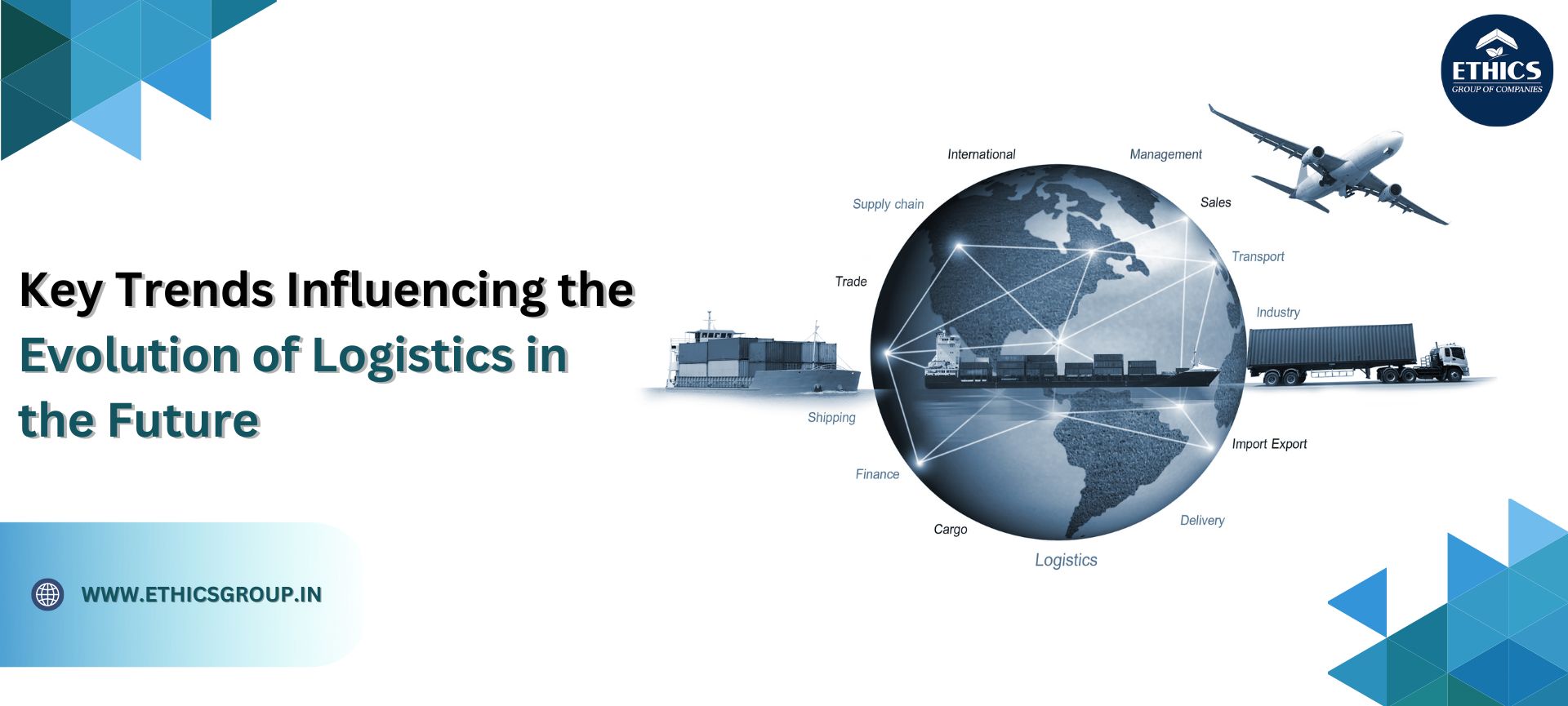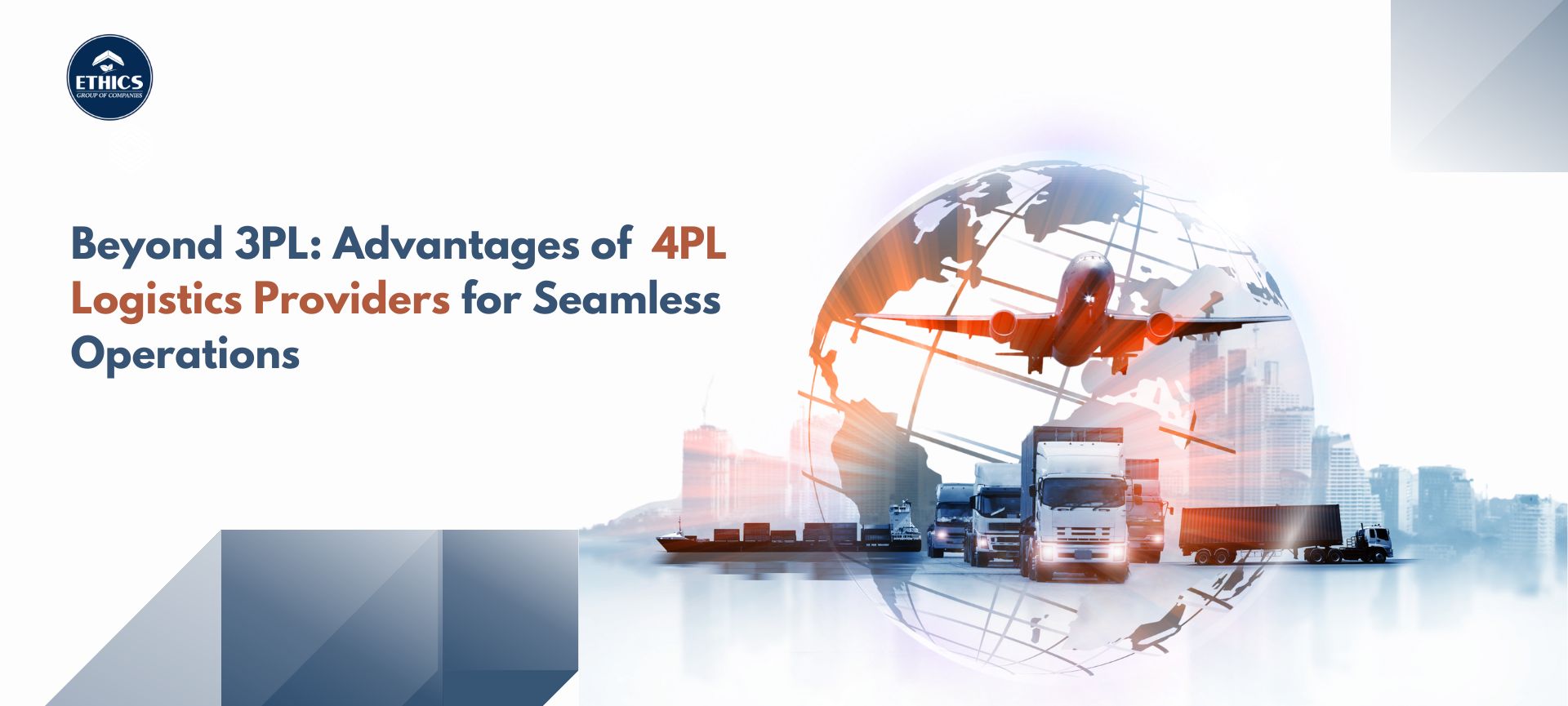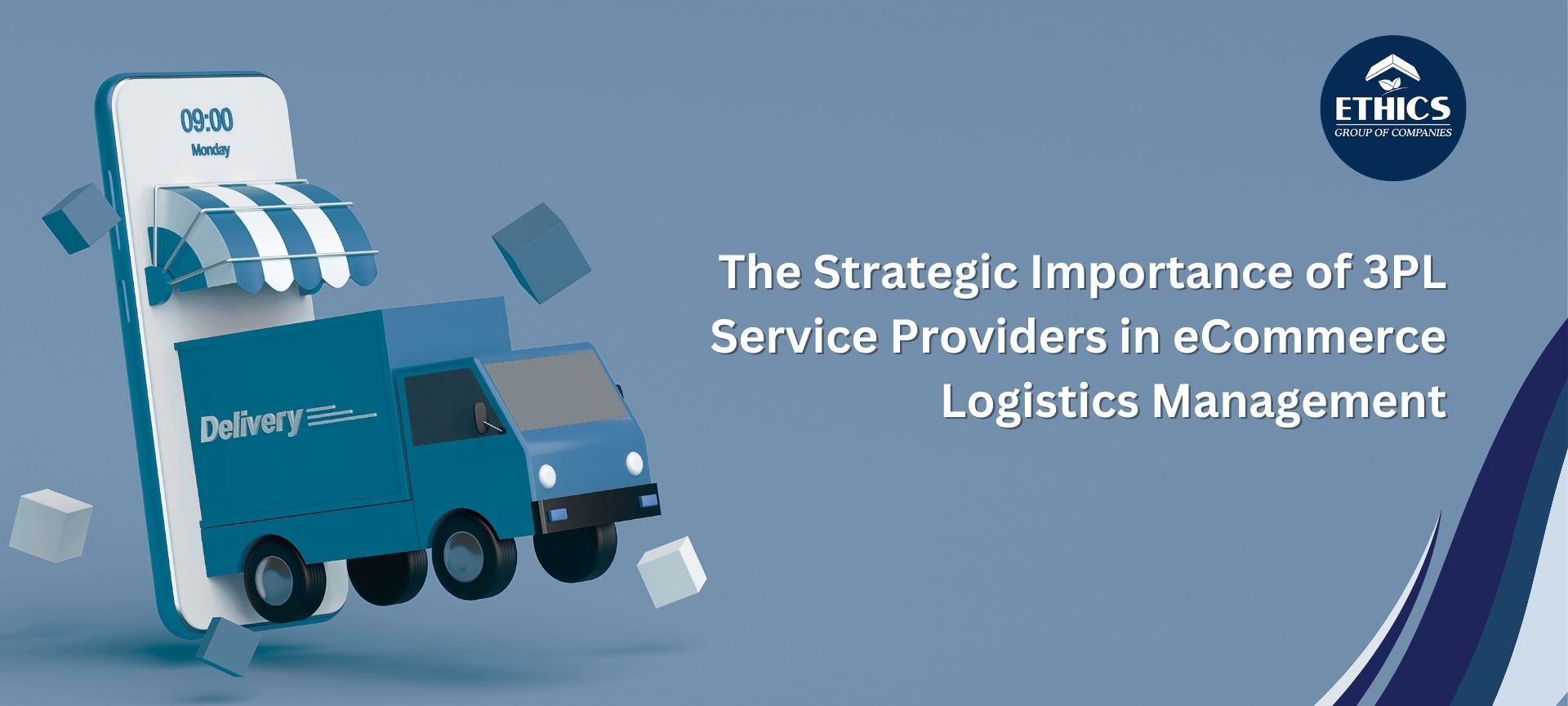
The future of logistics services in India has undergone a significant transformation over the past few years, driven by the rise of e-commerce, the adoption of new technologies, and changing customer expectations.
What is logistic service?
Logistics services refer to the management of the flow of goods and services from the point of origin to the point of consumption. It involves the coordination of various activities, such as transportation, warehousing management, inventory management, order processing, and fulfillment. Logistics services ensure that goods and services are delivered to customers efficiently and on time, while minimizing costs and maximizing profits. The logistics industry plays a critical role in the global economy, as it enables the movement of goods and services across national and international borders, connecting businesses and consumers around the world.
The logistics sector is a critical enabler of economic growth, and its future looks promising, but it also faces significant challenges. In this blog, we will explore the opportunities and challenges of the future of logistics industry in India.
Unlocking opportunities: Exploring the future of logistics industry in India
The logistics industry in India is set to experience significant growth in the coming years, driven by several factors that present numerous opportunities for the sector. Below are some of the significant opportunities with supporting facts:
1. E-commerce boom
India's eCommerce market is growing at an unprecedented rate, driven by a surge in online shopping, increased smartphone penetration, and the growth of the digital economy. According to a report by Statista, India's e-commerce market is expected to reach $200 billion by 2026. This growth presents a massive opportunity for logistics service providers to meet the growing demand for last-mile delivery and warehousing.
2. Government initiatives
The Indian government has launched several initiatives to boost the logistics sector's growth, such as the Sagarmala Project, Bharatmala Project, and the National Logistics Policy. These initiatives aim to develop India's infrastructure, enhance logistics efficiency, and reduce logistics costs. According to a report by the National Institution for Transforming India (NITI Aayog), the implementation of these initiatives could reduce India's logistics costs by up to 20%.
3. Technology adoption
The logistics sector in India is rapidly adopting new technologies such as Artificial Intelligence (AI), Internet of Things (IoT), and Robotics to improve efficiency and reduce costs. According to a report by McKinsey, the adoption of technology could help reduce India's logistics costs by up to 25%. This presents a significant opportunity for logistics service providers to invest in new technologies and stay ahead of the competition.
4. Regional trade agreements
India is actively pursuing regional trade agreements such as the Regional Comprehensive Economic Partnership (RCEP) and the Comprehensive Economic Cooperation Agreement (CECA) to enhance trade with other countries. These agreements provide opportunities for logistics service providers to expand their operations and offer their services to new markets.
5. Outsourcing
Many companies in developed countries are outsourcing their logistics operations to India due to its lower costs and skilled workforce. This presents an opportunity for 4PL logistics Service Providers in India to expand their global footprint and offer their services to international clients.
What are the challenges in logistics services in India?
The future of the logistics industry in India faces several challenges that must be addressed for the sector to continue to grow and thrive. Below are some of the significant challenges, along with supporting facts:
1. Infrastructure
India's logistics infrastructure is often inadequate, with poor road and rail connectivity, inefficient ports, and a lack of cold storage facilities. According to a report by the World Bank, India ranks 44th in the Logistics Performance Index (LPI) among 160 countries, with a score of 3.22 out of 5. This issue results in higher logistics costs, longer transit times, and lower efficiency.
2. Fragmentation
The logistics industry in India is highly fragmented, with a large number of small players operating in the market. According to a report by the National Skill Development Corporation (NSDC), the Indian logistics sector comprises over 22 million people, with more than 90% of the workforce employed in the unorganized sector. This fragmentation makes it challenging to achieve economies of scale, results in lower profitability, and hinders the sector's ability to invest in new technologies and innovations.
3. Skilled labor
The logistics sector in India is facing a shortage of skilled labor, particularly in the areas of technology and operations. According to a report by the National Skill Development Corporation (NSDC), the logistics industry in India needs approximately 28.4 million skilled workers by 2022 to meet the growing demand. This shortage is hindering the sector's ability to adopt new technologies and improve efficiency.
4. Regulatory environment
The logistics sector in India is subject to complex and often overlapping regulations, which increase compliance costs and create uncertainty for businesses. According to a report by the Federation of Indian Chambers of Commerce and Industry (FICCI), regulatory challenges account for up to 40% of logistics costs in India. These challenges include multiple state-level taxes, a lack of uniformity in tax rates, and lengthy bureaucratic processes for obtaining permits and licenses.
5. Cybersecurity
With the increasing adoption of technology in the logistics sector, cybersecurity has emerged as a significant challenge. Cyber threats such as data breaches, cyber-attacks, and identity theft pose a significant risk to the sector's operations and reputation. According to a report by Deloitte, India ranks second globally in terms of the number of cyber-attacks on organizations, making cybersecurity a critical concern for logistics service providers.
Conclusion
The future of logistics services in India looks bright, with significant growth opportunities driven by e-commerce, government initiatives, and technology adoption. However, the sector also faces significant challenges, including infrastructure, fragmentation, skilled labor, and the regulatory environment. To become the best logistics company in india logistics service providers need to adopt a strategic approach to overcome these challenges and take advantage of the growth opportunities in the market. By investing in new technologies, building efficient supply chains, and developing skilled labor, logistics service providers can position themselves for success in the future.



